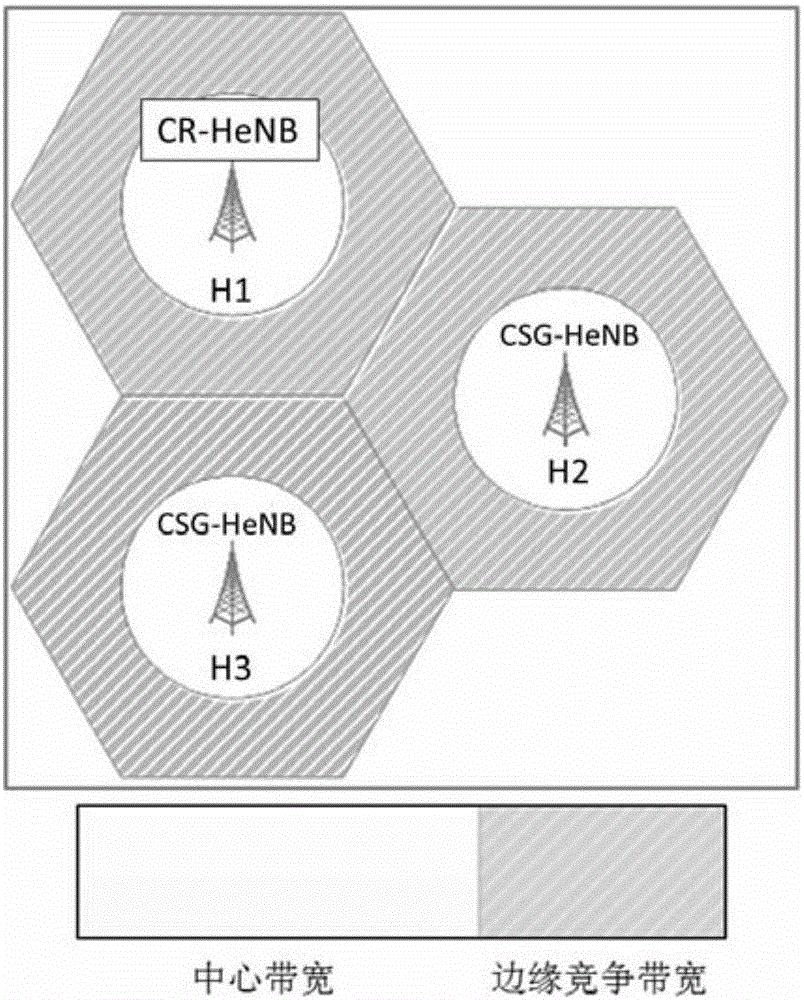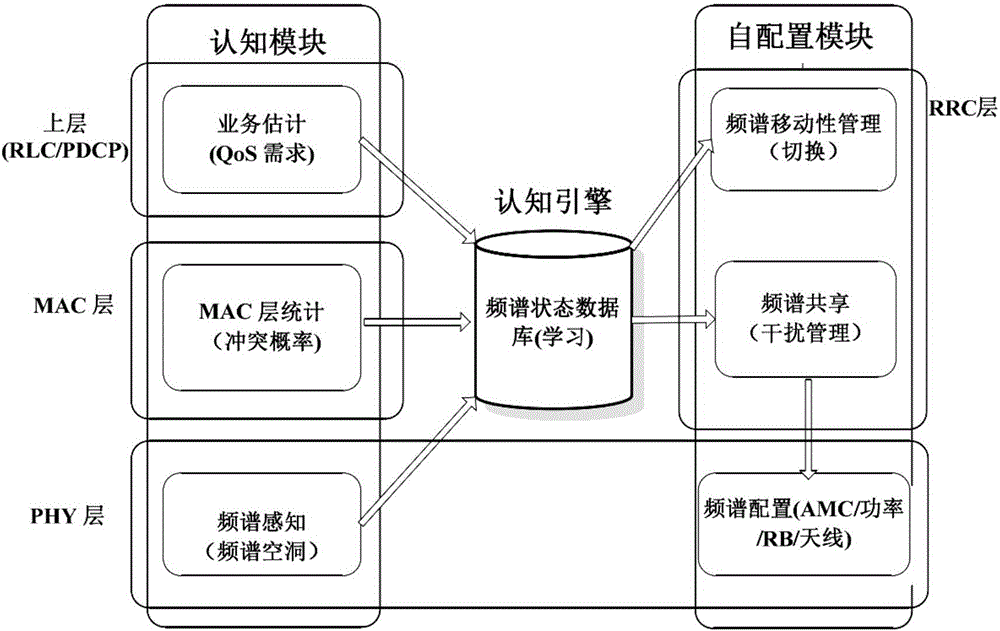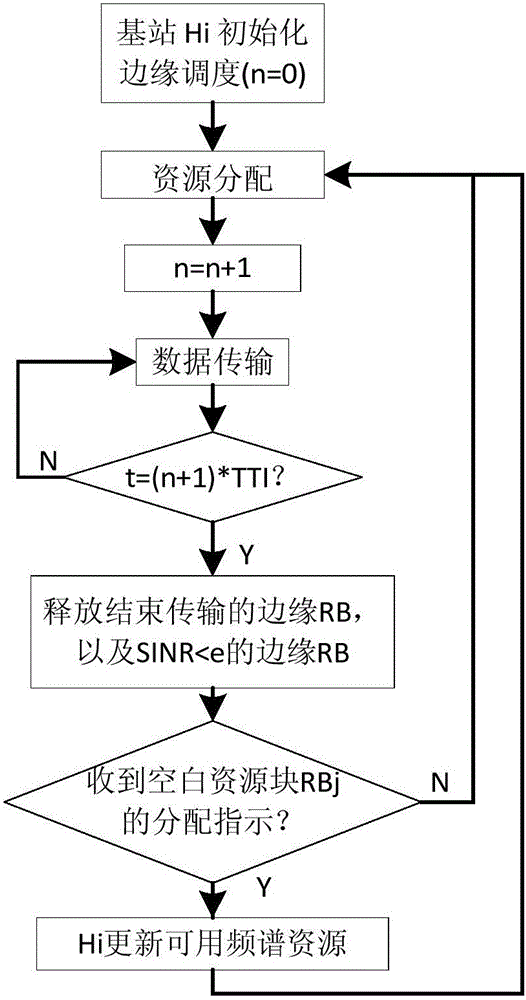Weight-based HeNB interference coordination method
A home base station and interference coordination technology, applied in the field of communication, can solve the problems that the resource allocation scheme is difficult to adapt to the service distribution, low spectrum utilization rate, low spectrum efficiency of the cell, etc.
- Summary
- Abstract
- Description
- Claims
- Application Information
AI Technical Summary
Problems solved by technology
Method used
Image
Examples
Embodiment Construction
[0042] The specific implementation of the present invention will be further described below in conjunction with the accompanying drawings, but the implementation and protection of the present invention are not limited thereto. or programmatically.
[0043] The present invention considers the scenario of dense deployment of home base stations. Based on the cognitive radio technology, the present invention considers a small number of home base stations (CR-HeNBs) with cognitive capabilities in the HeNB-HeNB network as central nodes. CR-HeNB is capable of spectrum sensing, and can timely detect idle channels in the frequency domain, time domain, and space domain, realize RB-level detection, learn relevant information of each home base station, and make optimal decisions in a centralized manner. Then, the control signaling is delivered to each node, so as to realize interference coordination.
[0044] In this example, a method for a home base station to obtain RB status informati...
PUM
 Login to View More
Login to View More Abstract
Description
Claims
Application Information
 Login to View More
Login to View More - R&D
- Intellectual Property
- Life Sciences
- Materials
- Tech Scout
- Unparalleled Data Quality
- Higher Quality Content
- 60% Fewer Hallucinations
Browse by: Latest US Patents, China's latest patents, Technical Efficacy Thesaurus, Application Domain, Technology Topic, Popular Technical Reports.
© 2025 PatSnap. All rights reserved.Legal|Privacy policy|Modern Slavery Act Transparency Statement|Sitemap|About US| Contact US: help@patsnap.com



